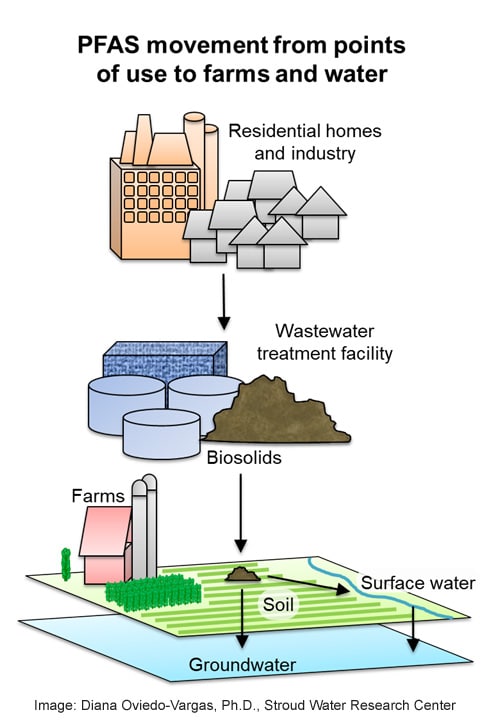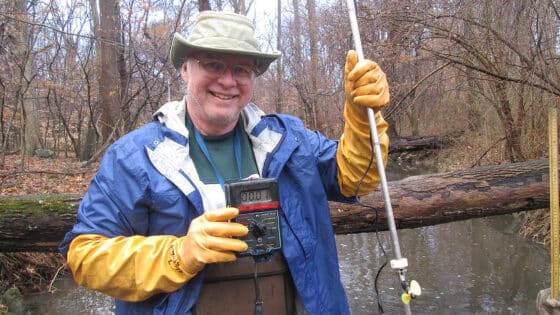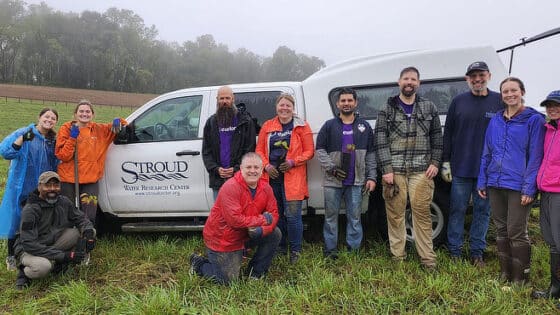
Modern society and life as we know it would not be possible without chemical synthesis. It is the process by which thousands of substances important to our daily life are obtained, from the plastic in our toothbrush to cancer treatment drugs.
Unfortunately, many synthetic substances are toxic and represent a threat to human health and the environment. A group of chemical compounds of increasing concern are Per- and polyfluoroalkyl substances (PFAS). Because of their high thermal stability and resistance to chemical degradation, they are used in hundreds of applications, including stain- and water-repellent fabrics, nonstick products, polishes, waxes, paints, cleaning products, and fire-fighting foams.
Their widespread use and related waste disposal combined with their high mobility and stability have led to PFASs becoming pervasive in the environment.
Processes to commercially produce PFAS were first developed in the 1940s; since then, it is estimated that more than 4,000 PFAS compounds have been produced. PFAS have been associated with negative health impacts such as immune suppression, endocrine disruption, elevated cholesterol, and reduced response to vaccines.

In the life cycle of PFAS, wastewater treatment plants (WWTPs) are a major endpoint for their accumulation and concentration. For this reason, the use of biosolids as a source of nutrients and organic matter for agricultural lands could result in PFAS contamination of soil and water in our farms and, ultimately, our food supply.
By 2004, more than 50% of the 7 million tons of WWTP sludge produced nationally was used as biosolids, suggesting that this pathway for PFAS contamination could be of significance.
To help understand the extent of this problem in Pennsylvania, scientists at Stroud Water Research Center, in collaboration with the Science, Technology and Research Institute of Delaware (STRIDE), began a project in 2021 looking at the occurrence and migration of biosolid-derived PFASs into soil and water on agricultural fields.
The first step of this three-year study was a synoptic sampling campaign of soil and water at 25 farms in Pennsylvania known to have undergone biosolid applications. With this, the research team hopes to obtain an initial assessment of the extent of PFAS contamination in agricultural fields across the state.
Two farms from the survey were selected for the second step, a paired field-based experiment where the team will track down the movement of the PFAS in water and soil after the biosolids are applied in the fields.
One significant barrier in PFAS research is that current analytical methods for PFAS can only quantify less than 40 of the thousands of PFAS estimated to exist, and such methods are costly. In parallel with the field efforts, the research team will work in the development of a more affordable and practical analytical method for the quantification of the total amount of PFAS in water and soil matrices.
The team hopes this work will help farmers weigh the risks and benefits of using biosolids and policymakers and other stakeholders to better manage biosolid utilization in farms and corresponding regulations.
This project was partially funded by the Foundation for Food and Agricultural Research and Agilent.
You can empower Stroud Water Research Center’s scientists to find ways to ensure clean fresh water around the world for generations to come. Donate today.



